 |
| William Morris |
He was probably one of the greatest surface
pattern designers (amongst other things!) of all time! And those of us who
make patterns for home furnishings and wallpaper can learn a lot from the study of his
work!
William Morris is
probably best known for his wallpaper and household fabric designs. But he was skilled in many crafts, such as weaving, embroidery and
stained glass.
You can read a full account of his life and
accomplishments -
Unlike Laura Ashley,
William Morris was a skilled draughtsman, as you can see from these detailed working drawings for his 'Bluebell' design.
 |
| William Morris working drawings |
Also, unlike Laura Ashley,
Morris's pattern designs were intended for use in the home, rather
than for fashion textiles.
But there is a similarity! Like Laura Ashley's, William Morris's design theories were firmly rooted in his beliefs and attitudes
to life.
He was horrified by the poor quality and design of the products of mass
industrialisation. And his ardently socialist views led him to want
to make 'art' for everyone, not just for those born into wealth, like
himself.
"I do
not want art for a few, any more than education for a few, or freedom
for a few." William Morris.
This earlier blog post, by the
way, explains a large part of the reason that I still like to create Greeting
Cards!
Morris had
some very strong views about design and because he wrote about his
views as well as giving lectures, it's not too difficult to gain some
insights into his guiding principles and the way he worked.
I'm sure
that most of us, hearing or reading the words, 'William Morris'
will immediately think of his floral patterns for wallpapers and
curtains, many of which are still available and popular today.
In the 1970s I decorated a bay-windowed bedroom in our
Victorian house in Sevenoaks with William Morris wallpaper and
matching curtains, available at that time from Sandersons. The room was not as big as I would have liked and
the matching curtains and walls made it appear quite a bit larger.
And a different Morris pattern for the
curtains of a small and cosy living room. Wisely, the new owners of
the house asked to keep the curtains when we moved out!
But I took the beautiful Laura Ashley lace curtains (on the left) with me and finally had to replace them with something much inferior a couple of years ago because, having provided nearly 25 years good service, they were about to fall to pieces!
Now I just
have a couple of cushions and a tablecloth with William Morris
designs that have been re-coloured at a later date - and a set of Garden Hand Tools from the V & A! (Far too pretty to use!)
What
these all have in common is that they are floral patterns.
I don't
think I've ever seen a William Morris design that isn't about
flowers or fruit! I think it's very strange that we tend to shy away from
using floral patterns or designs for men, as I pointed out in an earlier blog post - HERE!
William Morris loved
Nature and saw it as the antidote to the effects of industrialisation.
I have an old
book about William Morris, written by Ray Watkinson in the 1960s and
it contains some Morris quotes about Nature, such as:
"The
fields are all butter-cuppy. The elms are mostly green up to their
tops; the hawthorn not out, but the crabs beautiful, and also that
white-beam (I think they call it) with the umbelliferous flowers. In
the garden we have lots of tulips out looking beautiful; the white
bluebells and some blue ones; some of the anemones are in blossom and
they all soon will be; they are very lovely. Apple blossom for the
most part only in bud, but that cherry tree near that arbour opposite
my window is a mass of bloom. The heartseases are beautiful; a few of
the Iceland poppies are out; the raspberries are showing for
blossom." William Morris
I think he
must have written this at about this time of year, early May!
Interestingly,
the author of my book, describes William Morris's intentions when it
comes to his home furnishings in a way that certainly resonates with me.
"Although
for him repose is an essential quality which the designer should
pursue, this does not mean that designs should be blank and static;
rather that they should give us something of the relaxed pleasure of
a garden. A wallpaper should be able to turn a room into a bower, a
refuge, without insisting on its presence in a room with us." Ray Watkinon
Later, the
American architect/designer, Frank Lloyd Wright, also believed it was
important for our well-being to 'bring nature inside', though his
methods were very different. Here's another blog post I came across about the therapeutic properties of
'bringing the outside in'!
And I can
wholeheartedly agree with this. You may have noticed that when in
doubt, I design florals for the home!
But at the
same time, William Morris didn't believe in letting Nature run riot
in his designs.
Another passage from my book:
"Entirely
at one with his contemporaries in his recognition of the part played
by geometric order, Morris required a design to play on the
imagination for him, therefore there must always be some image." Ray Watkinson
So -
Morris's patterns are representations of Nature but they are also
based on some kind of geometric grid or structure, and I think it is largely
this which has made his surface patterns so successful and timeless. Here, in this pattern, named 'Lodden', you can clearly see the traditional 'ogee-shaped' grid on which the pattern is constructed.
Nature,
Geometry and one more 'ingredient' is ever-present in William Morris
designs - Depth.
 |
| Arbutus by William Morris |
"Wallpapers,
he says in his lecture on Pattern Designing, must operate within a
little depth. There must be a slight illusion - not as to the forms
of the motif, but as to relative depth. And quite consistently we
find in his patterns that one element is developed and spread like a
net over another, with differences of scale and weight as to parts,
so that we are always aware of a major pattern playing over a minor
one." Ray Watkinson.
 |
| Daisy by William Morris |
It looks to me as if he was influenced by his work in textiles - weaving and embroidery - but that's just my theory.
So there we
have three important points to bear in mind when designing for home
furnishing fabrics and wallpapers:
- Bring Nature inside in a way that is restful to the eye.
- Organise your patterns on a geometric grid.
- Add depth by overlaying your main pattern on a secondary pattern.
I wish I had
been taught these things on the Surface Pattern course I did three
years ago, instead of having to do my own research more recently.
Not
that I would have wanted to try to imitate William Morris, of course! But these are
three worthwhile principles to bear in mind when designing patterns
for the home, even though we are bound to interpret them to fit our
own style. Quite by
chance, I think my 'Morning Glory' pattern has incorporated these
three 'rules' to some extent, at least in the main pattern, which is based on an 'ogee' layout.
Here are
the fabrics I've designed for the collection, each of them
coordinating with the main pattern, as you can see from the Faux
Patchwork!
You can find
more Morning Glory fabrics here:
The Morning
Glory is the September Birth Month flower.
So you might like to make
someone's September birthday that little bit extra-special by choosing a
greeting card or gift with Morning Glories!
Click on the
image below to see the full collection -
I very much hope that any pattern designers reading this will have learnt something helpful.
But I'm sure that anyone, designer or not, will have found something to interest them in this brief look at some of the theories behind the pattern designs of one of world's greatest surface pattern designers!
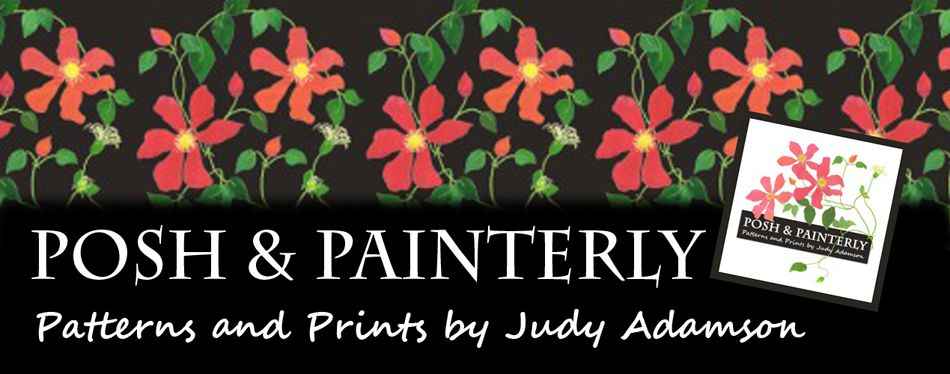




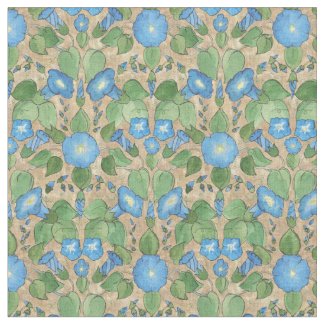
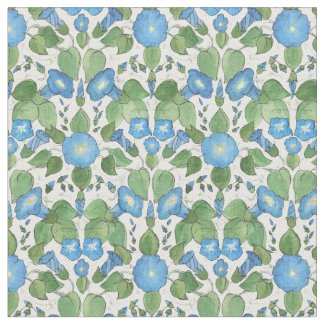
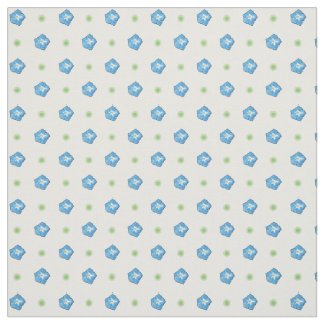
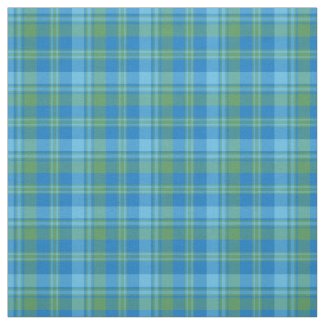
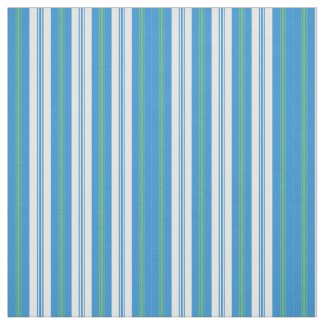
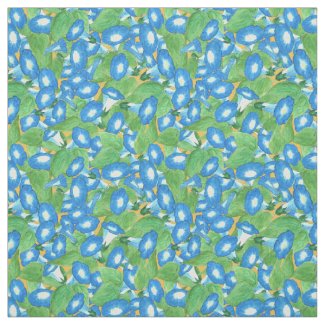
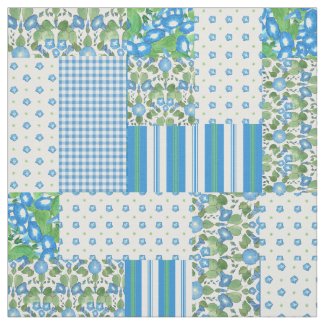

No comments:
Post a Comment